Following on from last week’s Drawing for Comics post, I’d like to continue with my thoughts on creating comics… or more specifically, writing them.
Just like we all drew our own comics as children, we’ve all attempted to write our own comics at some stage too, most likely when we realised that we couldn’t draw them. Good, bad or indifferent, we’ve all scribbled a cliché anecdote for our favourite character to live-out and maybe even promised ourselves we’d do it properly one-day too. Most of us have done that,
right?
Just like our ridiculous sketches, some of us may even still have our scribbled dream-stories somewhere, hiding away in the same shoebox as our pencil drawings and guarded with the same embarrassed pride. But how do you actually follow through? and make the jump from ridiculous comic dreamer to serious contender as a writer in the industry? What is ‘properly’ exactly? When will ‘one day’ arrive? and how do I score my first writing job?
Chin scratch.
Again, I obviously don’t claim to have the answer to that question and nor would the industry’s top talent for that matter, since every path toward success in the comics biz is different. What we can control — and improve on — is how good we are at telling stories, to a certain point at least. I’ve studied a lot of how-to material and just like the drawing side, there are a couple of things that always… always pop to the surface, without fail.
If you want to take this seriously and you genuinely want to write comics professionally, you absolutely must…
- Write comics every day.
- Learn about storytelling generally. Comics is one tiny piece of that. You’ll need to study literature, film, TV, Song Lyrics, Album Covers and Sequential Art in general.
- Learn from the absolute best talent in storytelling as a whole: Shakespeare, Hemmingway, Hitchcock, Tarantino, Damon Lindelof, Walt Disney, Francis Ford Coppola, Steven Spielberg, Alan Moore, Beatrix Potter, JJ Abrams, William Blake, George Lucas, Guy Ritchie, Steven Soderbergh, Roald Dahl … and so on.
- Learn the basic functionality of story-structure and characterisation. Be aware of tried-and-tested storytelling tools and store them neatly in your toolbox.
- Know of… and respect the most successful storytelling devices employed today in all forms of story. Be able to identify them and apply them to your own piece intelligently.
- Think about how 2 different people would respond if you asked them the same question, both real-life and fictional. Hear them speak in your mind.
- Write dialog for existing characters. Pick 2 massively contrasting characters and make them debate on current affairs, politics or relationships.
- Have an ‘idea’. Be able to tell people what the story is about and then be able to tell them what happens. These should be 2 different answers.
- Give the main protagonists an obstacle to overcome and take time to explain the the consequences of failure.
- Have a point and make it clearly.
- Make characters as well defined in their beliefs as possible and explore the idea of him or her abandoning that for the exact opposite.
- Brainstorm the entire idea first, start to finish, beginning to end. Write the end in medium detail before you write the beginning.
- Know what happens chronologically.
- Let your characters have a voice and an accent. A good character will dictate their own dialog.
- Take all the fat off it. Don’t use anything you don’t need to tell the story or make the point.
- Be willing to explore all possibilities of a story and spend a short time on all ideas, even if it turns out to be exactly the wrong thing. You should discover why.
- Listen to DVD commentary by film-makers. Understand their explanations of establishing shots, transitions and the very reason why a scene is even in the movie.
- Don’t be cryptic, not for the whole story at least.
- Know the purpose of a scene and find one clear visual to represent it.
- Explain what’s supposed to happen so that when it doesn’t happen that way, we know it’s wrong.
- Use words AND pictures to make a different statement, don’t use both to cover the same ground.
- Don’t write the cliché for the genre. Let story unfold organically.
- Know who you’re writing for in terms of – the next person along in the production process. If the artist wants to design the layouts themselves, they may only need a paragraph — or so — of story in order to do that. They’ll give the sketched, paneled pages back to you to map the dialog and narrative. Other artists may want you to explain the panels individually in the script – example: full wide, 3/4’s deep, aerial view, main character only standing over a homicide chalk line indicating wear a body was found, the chalk line is slowly being washed away by the rain, police tape and sirens provide the colour pallet red and blue, it’s night-time, it’s raining, it’s cold and the main character is smoking.
- Be unpredictable.
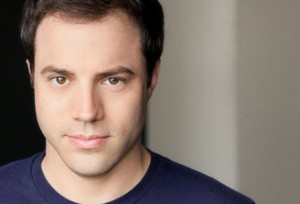
Literature – Read The Old Man and the Sea, Alan Moore’s Writing for Comics, Invisible Ink, any screenplay you can get your hands on or anything by Beatrix Potter or Roald Dahl.
Film – Watch everything that Tarantino has ever had a hand in. Understand what Hitchcock said about film making. Watch DVD commentary as often as possible and also get to know Brad Bird’s Pixar films.
TV – Watch Lost… and understand it.
Song lyrics – Listen to The Streets and Kate Nash.
Album Covers – Raid your parents’ record collection and make sense of the cover art.
Sequential art in general – Compare your work to the very best comics on the stands today. Ask your friends to recommend the best stories they’ve ever read and ask them why they think they’re so good. Read the critically acclaimed books and the cult classics, understand why people like these stories in very different ways.
If you’ve planned well and applied some of the above to a story idea, you’ll be able to write and develop it anywhere and should always carry a writing instrument about your person, pulling it out when the opportunity presents itself and cracking on, again, just like sketching.
These comics won’t write themselves.

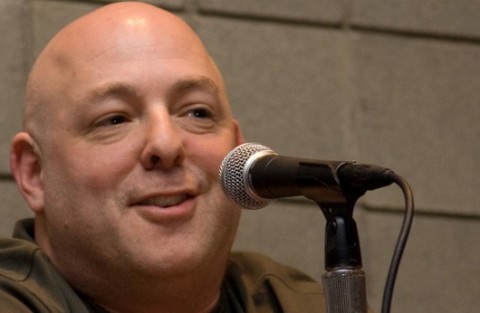
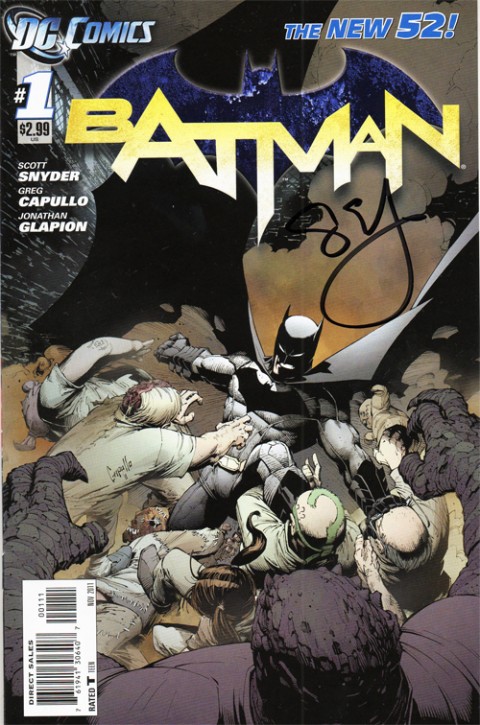
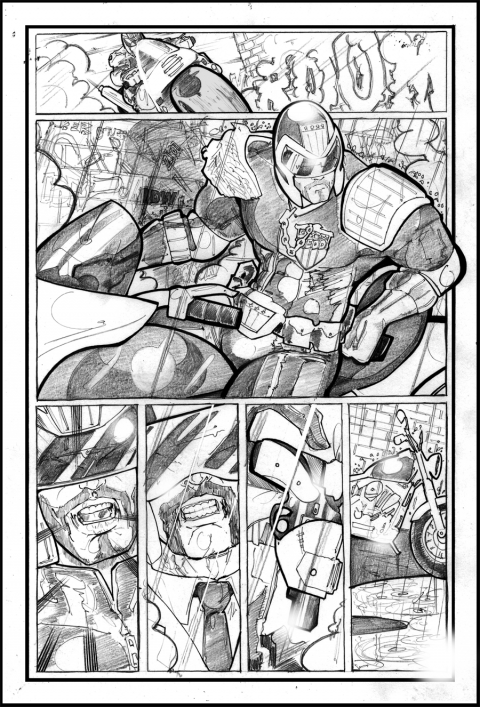
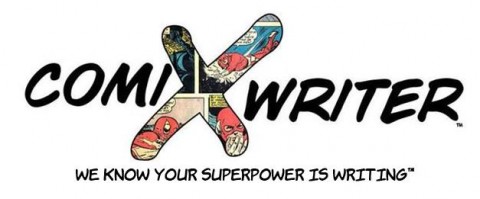
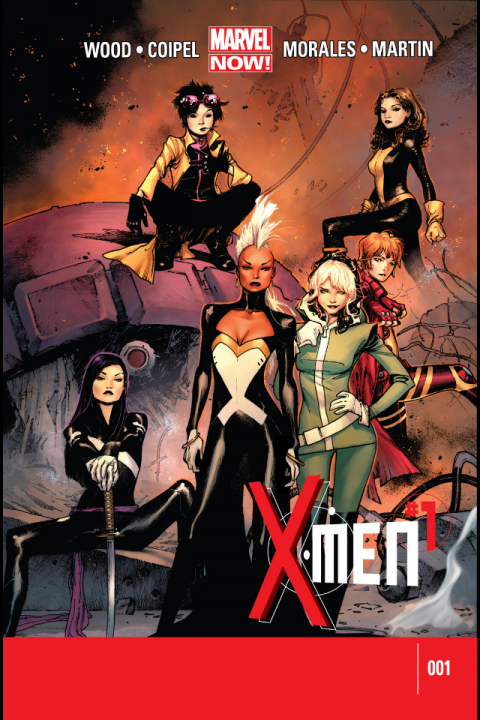
Thanks! Interesting tips.
Sure, If you have any tips for me, don’t hold back. Have you got anything online we can see?
The ‘LOST’ link seems to be a bit scew, apologies.